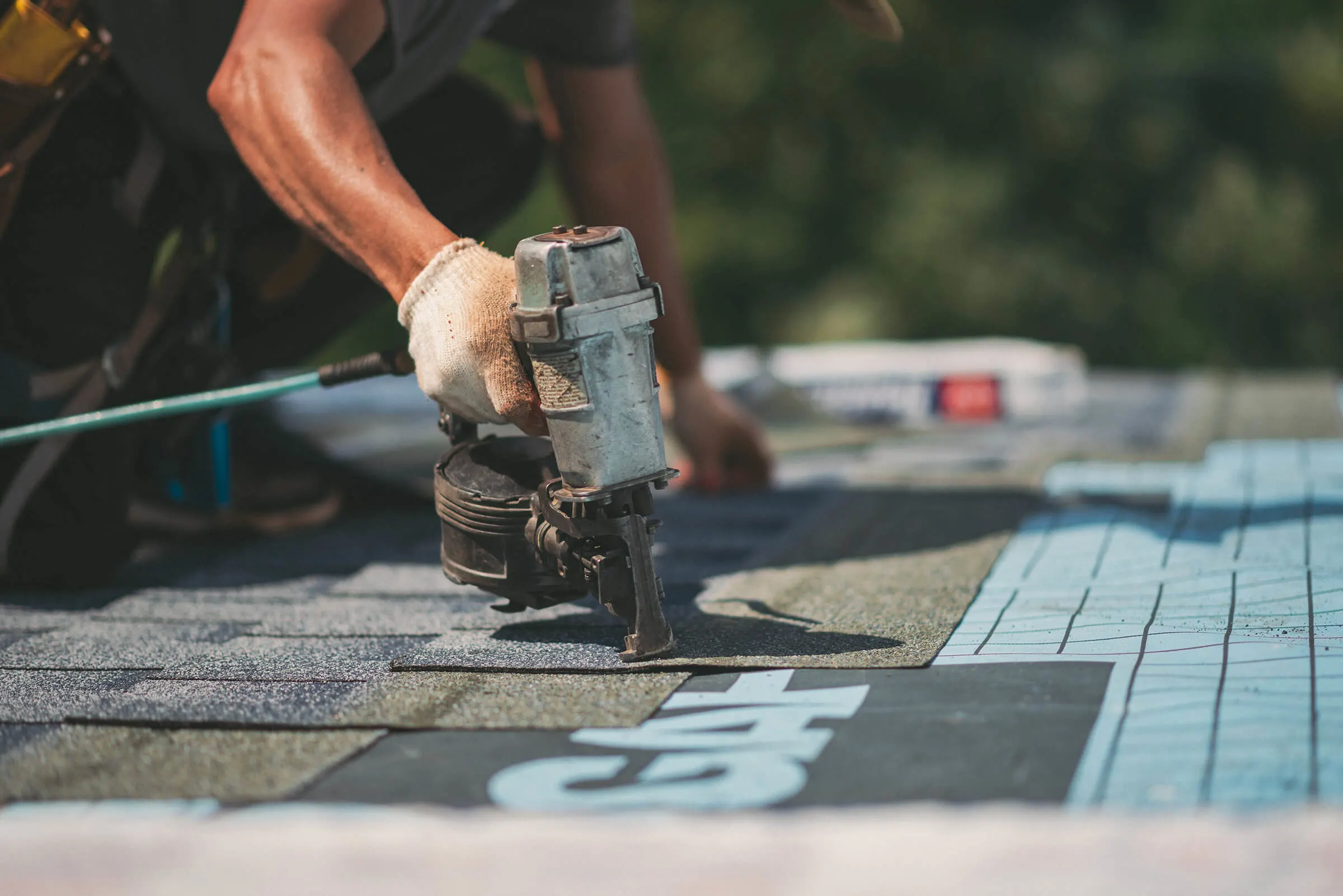Homes located near coastal areas face unique challenges due to their proximity to saltwater, high humidity, and frequent exposure to extreme weather conditions, such as hurricanes and tropical storms. The Roofing Service of these homes plays a critical role in protecting the structure from these environmental factors while maintaining durability and energy efficiency. Roofing contractors emphasize the importance of choosing materials, designs, and maintenance practices tailored to coastal climates. We will explore the recommendations of roofing contractors to ensure that roofs in coastal regions withstand the elements and provide long-term protection for homes.
Recommendations of roofing contractors for coastal homes
- Selecting Durable and Corrosion-Resistant Materials
One primary consideration for roofs in coastal areas is selecting materials that can withstand harsh environmental conditions. The high salt content in the air near the coast accelerates corrosion, making traditional roofing materials like standard metal panels only suitable if they are treated or coated for added protection. Contractors often recommend materials such as aluminum, naturally resistant to rust, or galvanized steel with a protective coating.
Clay and concrete tiles are also popular in coastal regions due to their durability and resistance to salt damage. Additionally, asphalt shingles designed for high wind resistance are a common choice for homeowners seeking cost-effective options. For all materials, contractors suggest choosing those certifications for wind and impact resistance, ensuring they can handle strong coastal winds and debris from storms. By selecting appropriate materials, homeowners can significantly increase their roof’s lifespan and resilience against coastal conditions.
- Installing Roof Designs to Withstand High Winds
Roof design is crucial in how well a home can withstand the high winds often experienced in coastal areas. Contractors frequently recommend low-slope or hip roofs for coastal homes, as these designs are more aerodynamic and less likely to experience uplift during storms. While visually appealing, gable roofs may require additional reinforcement to prevent damage in hurricane-prone areas.
The installation process is equally important, with contractors emphasizing the need for strong fasteners and adhesives to secure roofing materials firmly in place. For homes in areas prone to hurricanes, contractors often suggest reinforcing roof decking with hurricane straps or clips to anchor the roof to the structure. Proper ventilation is another consideration, as it helps reduce pressure buildup within the attic during high winds. These design and installation practices ensure that coastal roofs remain secure and intact, even during extreme weather events.
- Incorporating Protective Coatings and Waterproofing Solutions
Coastal homes are exposed to high moisture levels, which can lead to issues such as mold, rot, and water infiltration. Roofing contractors recommend applying protective coatings and waterproofing solutions to minimize the effects of humidity and rain. For instance, elastomeric coatings can be applied to metal roofs to create a barrier against saltwater and UV rays while improving energy efficiency.
Waterproof membranes installed beneath the primary roofing material add an extra layer of protection against leaks and seepage. Contractors also recommend ensuring that flashing around vents, chimneys, and other roof penetrations is properly sealed to prevent water from entering the home. Gutters and downspouts should be designed to handle heavy rainfall, directing water away from the roof and foundation. By incorporating these protective measures, homeowners can safeguard their roofs from moisture-related damage and extend their lifespan.
- Prioritizing Regular Maintenance and Inspections
Regular maintenance is essential for preserving the integrity of roofs in coastal areas. Contractors advise homeowners to schedule routine inspections, particularly after storms or heavy rainfall, to identify and address potential issues before they worsen. These inspections should include checking for loose or missing shingles, signs of rust or corrosion, and debris buildup in gutters and drains.
Cleaning the roof is another important maintenance task, as salt and debris can accumulate over time and accelerate deterioration. Contractors may recommend gentle cleaning methods, such as low-pressure washing, to avoid damaging the roofing materials. Regular maintenance prevents small problems from becoming costly repairs and ensures that the roof continues to provide reliable protection against the elements.
- Considering Energy Efficiency and Reflective Materials
In addition to durability, energy efficiency is an important consideration for coastal homes, as these areas often experience intense sunlight and high temperatures. Reflective roofing materials like cool roofs help reduce heat absorption and lower cooling costs. Contractors often recommend light-colored or reflective coatings that deflect sunlight and keep the home cooler.
Proper insulation and ventilation are critical for maintaining energy efficiency and preventing moisture buildup. Ridge vents, soffit vents, and attic insulation regulate indoor temperatures and reduce strain on HVAC systems. By prioritizing energy-efficient solutions, homeowners in coastal areas can create more comfortable living environments while reducing their energy consumption and costs.
Homes near coastal areas require roofs designed and maintained to withstand unique environmental challenges, from saltwater corrosion to high winds and heavy rainfall. Roofing contractors recommend selecting durable materials, incorporating aerodynamic designs, and implementing protective measures to ensure long-lasting performance. Regular maintenance and inspections further contribute to the roof’s resilience, while energy-efficient solutions enhance comfort and sustainability. By following these recommendations, homeowners can protect their investments and enjoy peace of mind, knowing their roofs are equipped to handle the demands of coastal living. Proper planning and care ensure that roofs in these regions endure and thrive in the face of challenging conditions.

